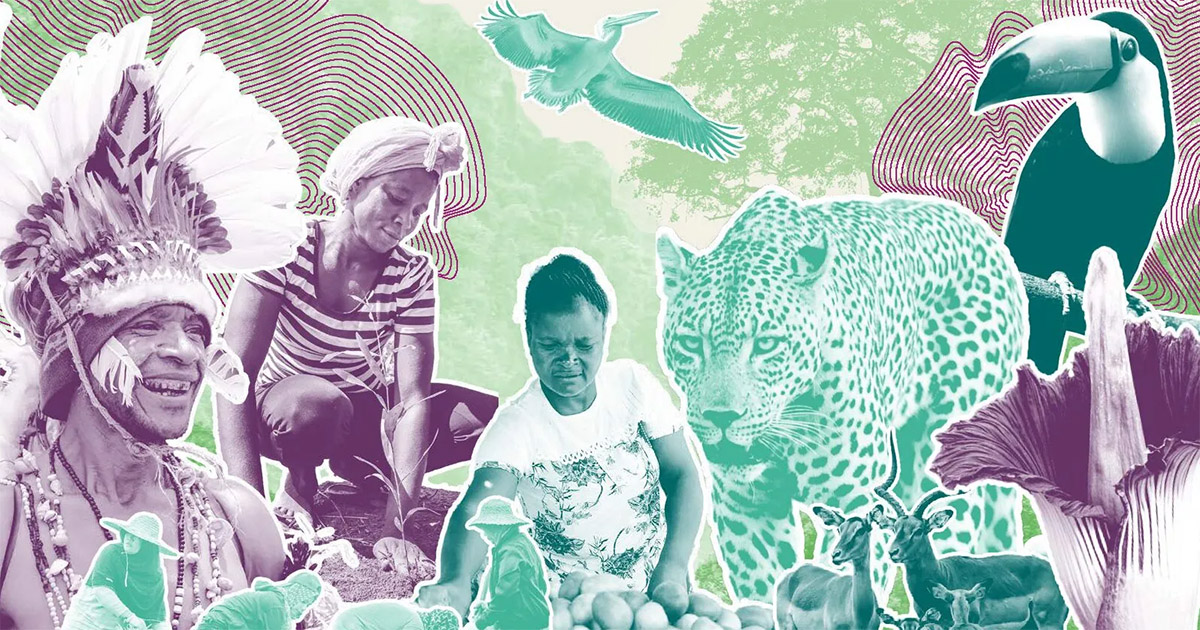Domestication and improvement of traditionally used wild indigenous fruit trees hold great promise in agroforestry development. Strychnos cocculoides is a wild indigenous fruit tree that was ranked third by farmers and is one of the priority species chosen for domestication in southern Africa. This study was conducted with the objective of determining the variability in fruit, seed and germination characteristics of four populations of Strychnos cocculoides collected from Zambia. Results showed significant differences (P < 0.05) between and within provenances in fruit, pericarp and pulp weights. Fruits from Kalulushi provenance were heaviest (296 g) whereas the lightest were Petauke provenance fruits (158 g). The pulp content of heavy and light fruits were 52.8% and 47.6% respectively. There was no significant difference (P > 0.05) in the number of seeds per fruit within and between the provenances. In contrast, the seed weight was significantly different (P < 0.05) within and between provenances. The heaviest seeds were found in the heaviest fruits — Kalulushi while the lightest were found in Serenje provenance. Fruit weight was positively correlated with pulp weight (P < 0.001, r = 0.70), pericarp weight (P < 0.001, r = 0.54) and seed weight (P < 0.001, r = 0.76). The provenances differed significantly (P < 0.05) in cumulative germination percentage, ranging from 56 (Kalulushi) to 83 (Kasama).
DOI:
https://doi.org/10.1023/A:1025454231002
Dimensions Citation Count:
























